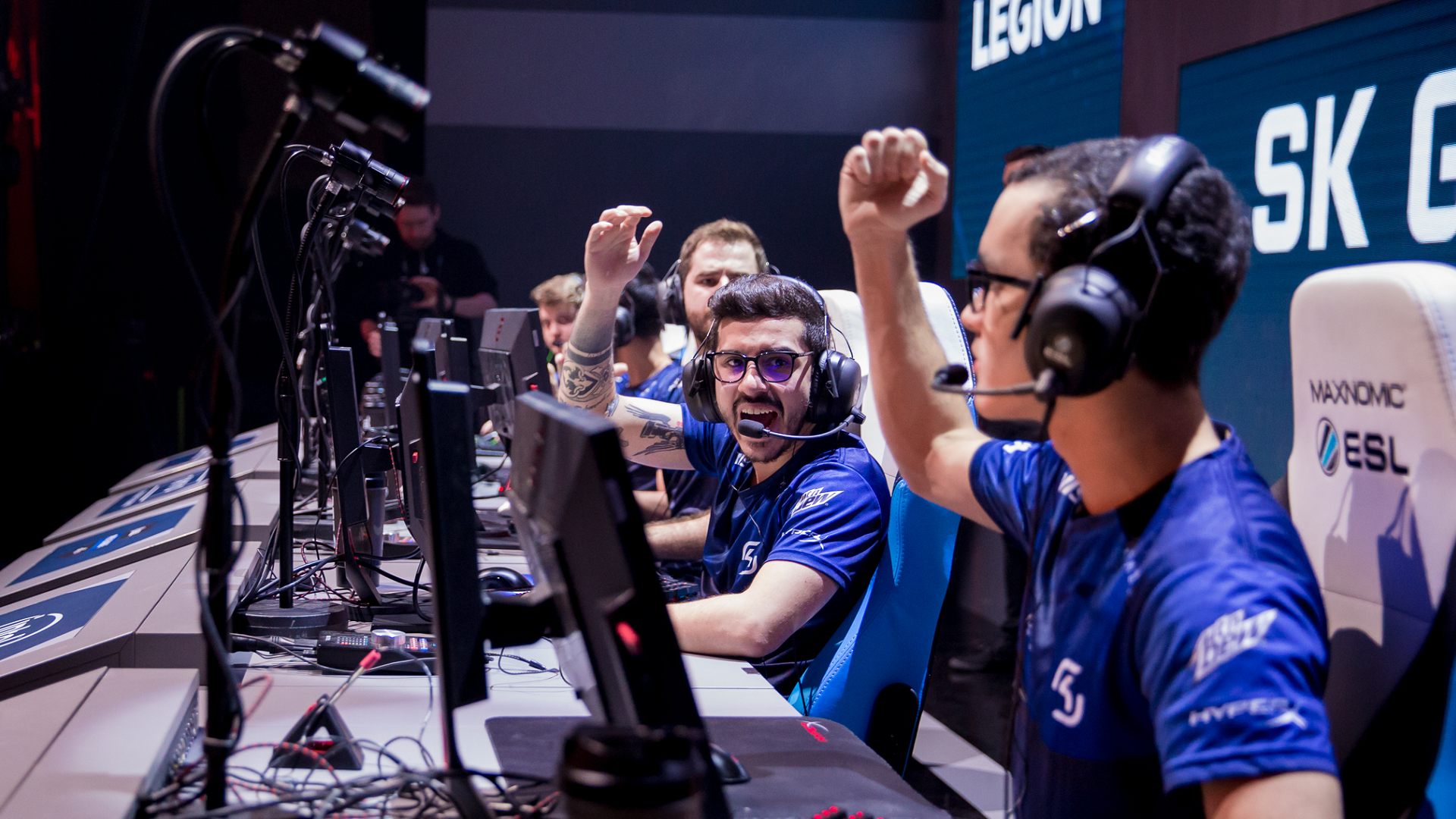Bridal Bliss Insights
Your go-to blog for all things weddings, trends, and bridal elegance.
CSGO ESL Diaries: The Untold Stories Behind the Screens
Uncover the thrilling secrets of CSGO esports! Dive into the untold stories behind the screens and discover what really happens in the game.
The Rise of CSGO: How ESL Shaped the Competitive Landscape
The competitive scene of CSGO has been significantly shaped by the efforts of ESL, one of the leading eSports organizations worldwide. Since its inception, ESL has played a crucial role in organizing tournaments that have not only boosted the game’s visibility but also cultivated a thriving community. With events like ESL One and ESL Pro League, players and teams are given platforms to showcase their skills, driving interest and investment in competitive CSGO. These tournaments provide a structured environment for competition, encouraging professional play and attracting diverse audiences globally.
Moreover, ESL’s strategic partnerships and broadcasting innovations have enhanced the viewing experience, making it easier for fans to engage with their favorite teams and players. The organization has also created a standard for professionalism within the industry, pushing other organizations to elevate their own events. This has led to a robust competitive landscape where skill, strategy, and teamwork become the focal points of CSGO tournaments. As we move forward, ESL's influence continues to be pivotal in shaping the future of competitive CSGO, ensuring the game remains at the forefront of eSports.

Counter-Strike is a popular tactical first-person shooter game that emphasizes teamwork, strategy, and skillful gameplay. One important mechanic that players often utilize is the jump throw bind cs2, which can significantly enhance gameplay by allowing for precise throwing of grenades while jumping. Mastering various techniques like this can give players a competitive edge in fast-paced matches.
Behind the Rounds: Lesser-Known Stories from ESL Tournaments
ESL tournaments are renowned for their electrifying matches and high-stakes competition, but behind the rounds of intense gameplay lie lesser-known stories that reveal the heart and soul of the esports community. For instance, during the ESL One Cologne, a previously unknown player on a tier-two team had a breakout performance that caught the attention of scouts worldwide. His journey from struggling to make ends meet while grinding away in local tournaments to being scouted by a premier organization showcases the resilience and talent present in the scene. Such stories serve as a reminder that every professional player once started at ground zero, fighting their way through the ranks.
Another compelling tale stems from the planning and execution of ESL's logistics and production teams, who work tirelessly behind the scenes to ensure a seamless tournament experience. There are moments where equipment malfunctions or internet issues threaten to derail a match, yet these teams exhibit a level of professionalism and quick thinking that often goes unnoticed. For example, during the ESL Pro League finals, an unexpected power outage necessitated a rapid response, leading to the deployment of backup generators. The ability to adapt in these high-pressure situations not only highlights the dedication of the crew but also ensures that the players can focus entirely on delivering their best performance on stage. ESL tournaments are more than just games; they are a tapestry of stories waiting to be uncovered.
What Goes On Behind the Screens: The Unseen Infrastructure of CSGO ESL Events
The infrastructure of CSGO ESL events is a complex web of technology and organization that often goes unnoticed by the casual viewer. From high-speed internet connections to state-of-the-art broadcasting equipment, each component plays a critical role in delivering an engaging experience for fans around the world. Event organizers coordinate with multiple stakeholders, including game developers, sponsors, and production teams, to ensure that everything functions smoothly. This behind-the-scenes effort also includes meticulous planning for network setup, hardware installations, and testing phases, all contributing to the seamless execution of live events.
Moreover, the CSGO ESL event infrastructure encompasses everything from the layout of the physical venue to the software used for real-time analytics and match tracking. Key features include:
- High-performance servers to handle in-game data and provide low-latency gameplay.
- Advanced streaming technology to broadcast matches in high definition to a global audience.
- On-site production teams that manage lighting, sound, and camera angles for an immersive viewing experience.
Each of these elements works in concert to create a captivating atmosphere, making every match not just a competition, but a spectacular event for fans everywhere.